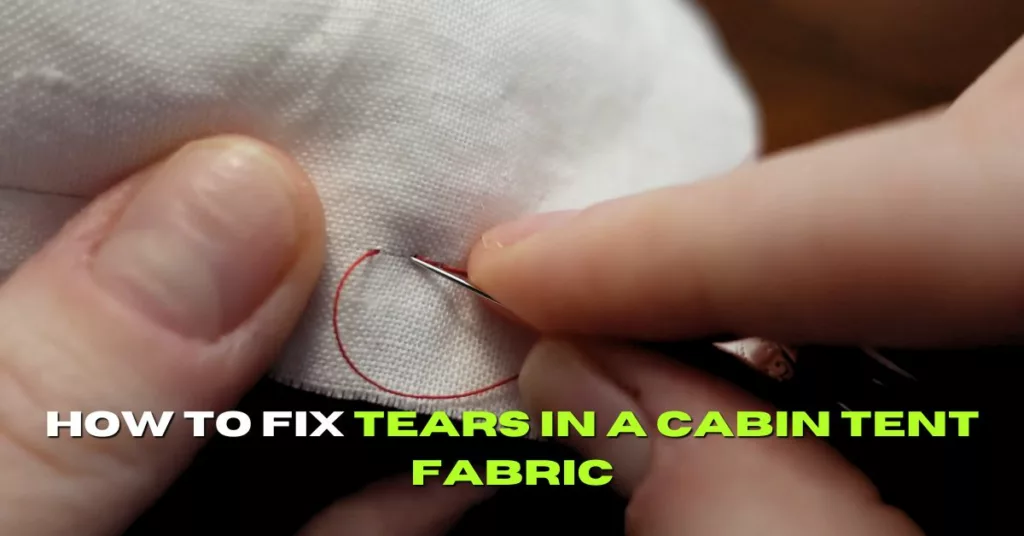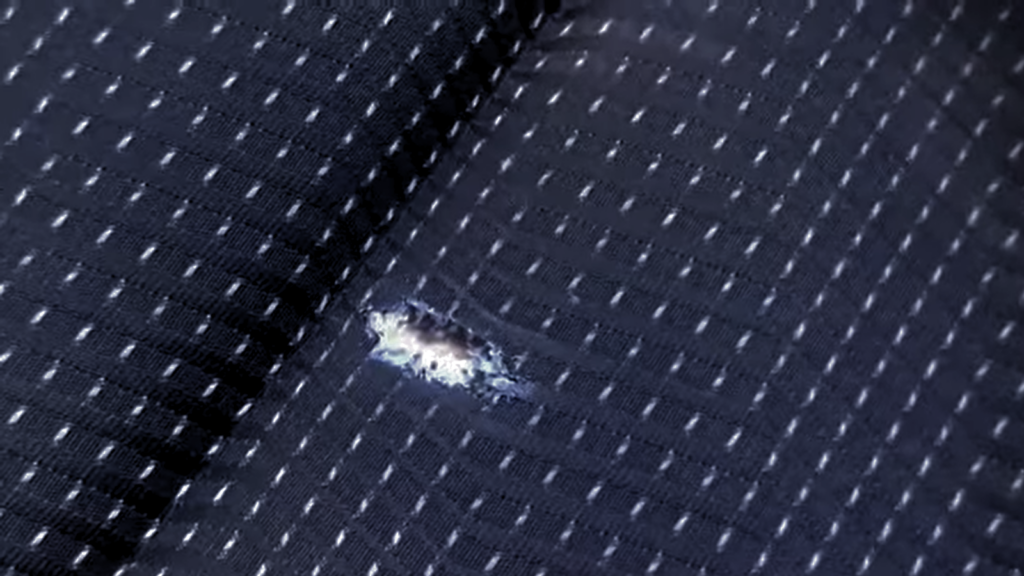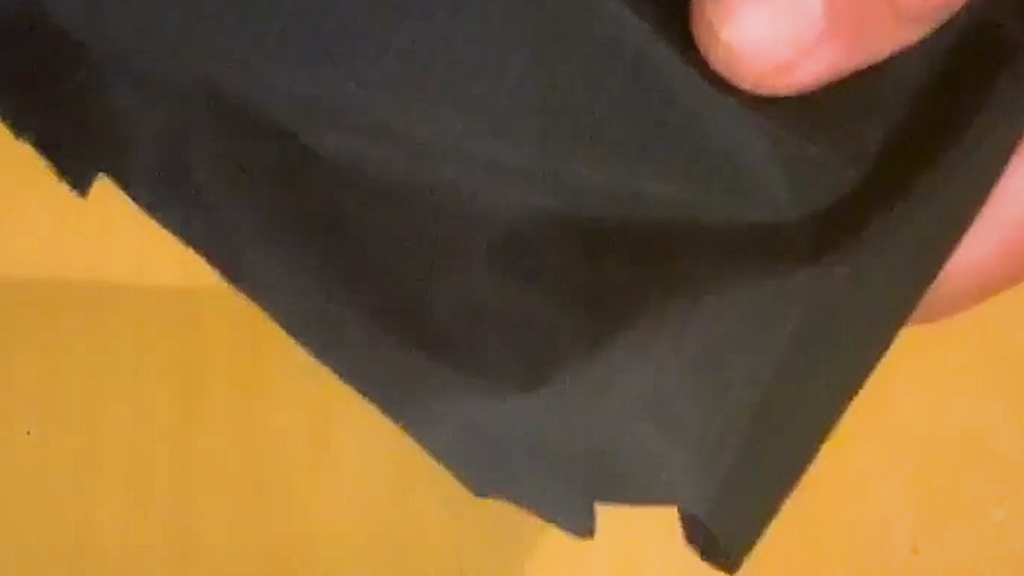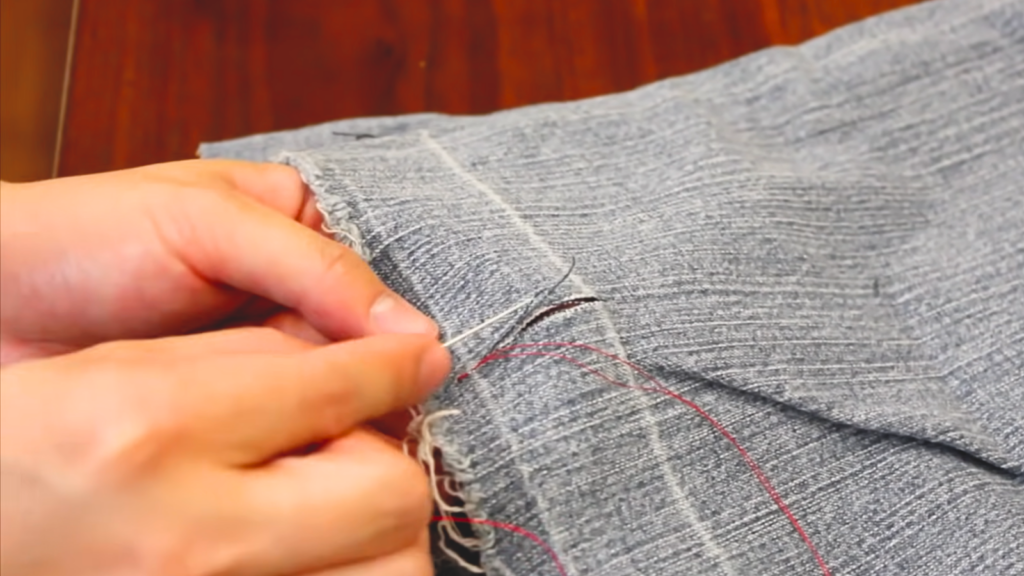
If you’ve ever had the unfortunate experience of discovering tears in your cabin tent fabric, don’t worry – I’ve got you covered. In this article, I’ll share some practical tips and tricks on how to fix those pesky tears so that you can continue enjoying your camping adventures without any worries. From assessing the damage to choosing the right repair method, we’ll go through all the necessary steps to get your tent back in tip-top shape. Let’s dive right in!
Key Takeaways
- Assess the cause and extent of the tears and consider professional help for complex tears
- Use temporary solutions like duct tape or fabric adhesive for minor tears
- Research and explore alternatives for sourcing materials, such as repair kits or fabric stores
- Clean the fabric, mend weak areas, and reinforced stress points before repairing the tears
Table of Contents
How to Fix Tears in a Cabin Tent Fabric
Assessing the Damage

Now, take a close look at the tears in your cabin tent fabric to assess the damage. Evaluating these tears will help you determine the best course of action for fixing them. Start by identifying the cause of the tears. Was it due to a sharp object or excessive tension? Understanding what caused the damage can help you prevent future tears from occurring.
Once you have assessed the extent of the damage, consider whether seeking professional help is necessary. If the tears are small and easily manageable, you may be able to fix them yourself using alternative temporary solutions. For minor tears, patching with duct tape or fabric adhesive can provide a quick fix that will hold up for a short period.
However, if the tears are large or complex, it might be wise to seek professional assistance. They have specialized knowledge and tools to repair tent fabrics effectively. Professional repair services can ensure that your cabin tent remains durable and reliable for future camping adventures.
Remember, prevention is key when it comes to maintaining your cabin tent’s fabric integrity. Taking precautions such as avoiding sharp objects near your tent and setting up in protected areas can significantly reduce the risk of tearing. Regularly inspecting your tent for any potential issues before each use will also help identify problems early on.
Gathering the Necessary Supplies
To get started, you’ll need to gather all the necessary supplies. Sourcing materials may seem like a daunting task, but with a little research and creativity, you can find alternatives that suit your needs. When evaluating costs, it’s important to consider not only the initial price of the materials but also their durability in the long run. You don’t want to spend money on something that will easily wear out or tear again. Exploring DIY options can be highly rewarding and cost-effective. Not only will you save money, but you’ll also have the satisfaction of fixing your gear.
When it comes to sourcing materials, there are several options available. Outdoor specialty stores often carry repair kits specifically designed for tents. These kits usually include patches made from durable nylon fabrics and adhesive solutions that bond well with tent surfaces. If you’re looking for alternatives, consider visiting local fabric stores where you can find similar materials at a lower cost.
However, if you prefer a more sustainable approach or want to save some extra cash, exploring DIY options is worth considering. Old rain jackets or backpack covers made from waterproof materials can be repurposed as patches for your tent fabric. Just make sure they are big enough to cover the tear completely and provide sufficient protection against water infiltration.
Now that we have gathered our supplies, let’s move on to preparing the tent fabric for repair…
Preparing the Tent Fabric

Once you’ve gathered all the necessary supplies, it’s time to start preparing the fabric for repair. The first step in this process is cleaning the tent fabric. Use a mild detergent and warm water to gently wash away any dirt or stains. Avoid using harsh chemicals as they may damage the fabric. After cleaning, make sure to rinse thoroughly and allow the fabric to dry completely before proceeding.
Drying techniques are crucial in ensuring that your repairs will hold up well. Hang the fabric in a well-ventilated area, preferably outdoors, allowing it to air dry naturally. Avoid using high heat sources such as direct sunlight or heaters, as this can cause shrinkage or weaken the fabric.
Next, carefully inspect the tent fabric for any tears or weak areas that need reinforcing. Pay close attention to seams and stress points where tears are more likely to occur. Use a strong thread or adhesive specifically designed for outdoor fabrics to mend these areas securely.
To prevent future tears, take proactive measures such as applying seam sealant along vulnerable seams and reinforcing stress points with additional stitching. Additionally, avoid dragging your tent on rough surfaces and be mindful of sharp objects when setting up camp.
Choosing the Right Repair Method

When choosing the appropriate method for repairing tears in your cabin tent fabric, it’s important to consider the severity of the damage and the materials you’re working with. By understanding different tear types and identifying common causes of tears, you can effectively choose the right repair method that will ensure a long-lasting fix.
To help you make an informed decision, here is a table outlining different tear types and suitable repair methods:
- Tear TypeSuitable Repair Method
- Small puncture Patching tape or glue
- Straight tear Stitching or patching
- Large hole Fabric patch
- Frayed edges Seam sealing tape
- Zipper issue Replacing zipper
In addition to choosing appropriate materials for each repair method, it’s crucial to take preventive measures to avoid future damage. This includes properly storing and transporting your tent, avoiding contact with sharp objects, and regularly inspecting for any signs of wear and tear.
While DIY repairs can be effective in many cases, more complex issues may require professional help. If you’re unsure about how to proceed or if the damage seems beyond your capabilities, don’t hesitate to seek assistance from a tent repair specialist.
Patching Small Tears
Patching small tears in your cabin tent can be done easily using patching tape or glue. When it comes to fixing minor tears, there are a few effective adhesives you can use. One option is fabric glue, which provides a strong bond and is easy to apply. Another option is adhesive repair tape, which is specifically designed for repairing outdoor gear like tents. These tapes are often waterproof and durable, making them ideal for temporary solutions.
In addition to adhesives, reinforcing stitches can also help secure the torn area. Using a needle and thread, sew along the edges of the tear with small, tight stitches. This will provide extra strength and prevent further tearing.
If color matching is important to you, look for patching materials that come in various shades. Many repair kits offer different colors so you can find one that closely matches your tent fabric.
To ensure your repaired area remains waterproof, consider using a waterproofing spray or sealant after applying the patch or adhesive. This will help protect your tent from rain or moisture.
Repairing Large Tears
To repair larger tears in your cabin tent fabric, there are several steps you can take to reinforce the weakened areas and ensure a durable fix. Here’s what you need to do:
- Reinforce weakened areas: Before starting any repairs, examine the surrounding fabric for weak spots or fraying. Reinforcing these areas will prevent further damage.
- Use adhesive patches: For tears that are too large to stitch, adhesive patches can provide a quick and effective solution. Simply apply the patch over the tear, following the manufacturer’s instructions.
- Stitch torn sections: If the tear is manageable, stitching it back together is a reliable option. Use a strong thread and needle, making small stitches along both sides of the tear to secure it.
- Reinforce seams: Torn seams can compromise the integrity of your tent. Strengthen them by stitching along the existing seam line with heavy-duty thread.
Once you’ve repaired the tears in your cabin tent fabric, it’s important to maintain them properly to prolong their lifespan and ensure they remain watertight.
Maintaining the Repaired Area
After completing the repair, it’s essential to regularly clean and inspect the mended area to ensure its longevity. Proper maintenance is key to ensuring that your repaired cabin tent fabric stays in good condition for a long time. Here are some cleaning techniques, preventative measures, weatherproofing options, and seam-sealing methods that will help you maintain the repaired area effectively.
To keep your repaired tent fabric durable in the long term, regularly clean it with mild soap and water. Avoid using harsh chemicals or abrasive materials that can damage the fabric. Gently scrub any dirt or stains with a soft brush or sponge.
In addition to regular cleaning, preventative measures such as avoiding sharp objects near the tent and storing it properly when not in use can greatly extend its lifespan. Weatherproofing options like applying a waterproof spray or coating can help protect the repaired area from moisture and UV rays.
Seam sealing is another crucial step in maintaining your repaired cabin tent fabric. Check for any loose seams and reseal them using seam sealer products specifically designed for outdoor fabrics.
Here’s a table summarizing these maintenance techniques:
- Maintenance TechniquesDescription
- Cleaning Techniques Regularly clean with mild soap and water
- Preventative Measures Avoid sharp objects; store properly when not in use
- Weatherproofing Options Apply waterproof spray/coating for protection against moisture/UV rays
- Seam Sealing Methods Check for loose seams; use seam sealer products
Conclusion
In conclusion, repairing tears in a cabin tent fabric is an essential skill for any outdoor enthusiast. By assessing the damage, gathering the necessary supplies, and preparing the tent fabric properly, you can successfully fix both small and large tears. It is crucial to choose the right repair method based on the size of the tear. With proper maintenance of the repaired area, your cabin tent will be ready for many more adventures in the great outdoors.
What to Do Next
Now that you’ve learned about repairing and maintaining cabin tent fabric, it might be the perfect time to explore the various options and features that cabin tents offer.
Cabin tents provide a unique blend of comfort and functionality, suitable for different camping styles and environments. Whether you’re a seasoned camper or planning your first trip, understanding these tents can enhance your outdoor experience.
Interested in learning more? There’s a page dedicated to cabin tents with valuable insights to guide you to the right choice. It’s worth exploring, and it might just lead you to the perfect companion for your next adventure.
Frequently Asked Questions
Can I Use the Same Repair Method for Both Small and Large Tears in My Cabin Tent Fabric?
Yes, you can use the same repair method for both small and large tears in your cabin tent fabric. It’s important to consider alternatives to fabric patching for large tears, as well as how to prevent tears and extend the lifespan of your tent through regular maintenance.
Is It Necessary to Clean the Torn Area Before Starting the Repair Process?
Yes, it is necessary to clean the torn area before starting the repair process. Preparing the surface ensures better adhesion and a more effective repair. It also allows for proper drying time and reduces the need for temporary solutions or alternative adhesives.
Can I Use Regular Fabric Glue for Patching Small Tears in My Tent Fabric?
Yes, regular fabric glue can be used to patch small tears in tent fabric. However, there are alternative adhesive options that may provide better results. It’s important to follow proper techniques and avoid common mistakes when repairing tears in tent fabric.
How Long Does It Usually Take for the Repaired Area to Fully Dry?
To ensure optimal drying time for the repaired area, it’s important to follow best practices. Speed up the process by using a fan or open-air circulation. Consider alternatives like using a hairdryer on low heat, but be cautious of moisture in humid conditions.
Can I Still Use My Cabin Tent While the Repaired Area Is Drying?
Yes, you can still use your cabin tent while the repaired area is drying. However, it’s important to take temporary alternatives and precautions during the drying process to ensure the best results.
Why Should You Trust The Adventure Vine?
I’m Mukarim Zargar, a lifelong lover of the great outdoors. My passion for camping and adventure was ignited at the tender age of 7, and it’s a flame that has only grown brighter with time.
Over the years, I’ve pitched tents under starlit skies, hiked through verdant forests, and navigated winding trails. Each adventure has been a lesson, each challenge a teacher. This wealth of experience has equipped me with a deep understanding of the outdoors, from the essential gear needed for a successful camping trip to the best techniques for wilderness survival.
But my journey is far from over. I continue to explore, camp, and immerse myself in the beauty of nature. And now, I want to share my knowledge and experiences with you. Through this website, I aim to inspire, guide, and equip you for your own outdoor adventures.
Whether you’re a seasoned camper or a beginner eager to venture into the wild, you’ll find valuable insights, practical tips, and engaging stories here. So join me as we continue to explore the great outdoors, one adventure at a time.
